Description
Praying Mantids are not a threat to gardens. No treatment is needed.
We are currently updating our photo library. Some items on our website may not be in stock. Please call our nursery for availability. Dismiss
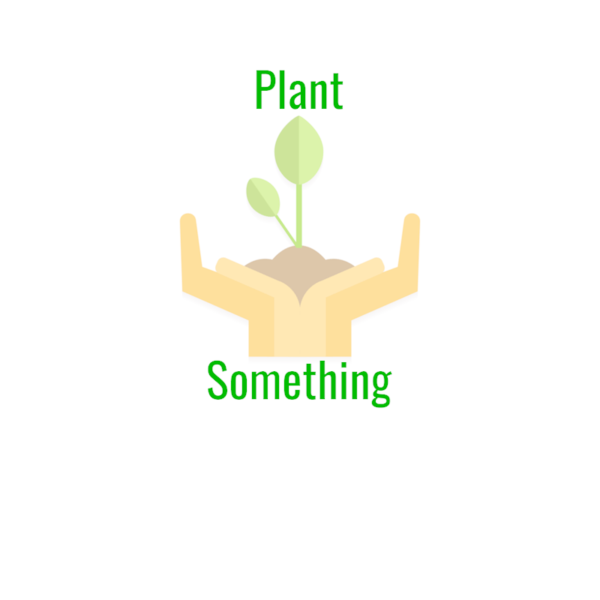
(click magnifying glass icon to enlarge image)
Praying Mantids are not a threat to gardens. No treatment is needed.
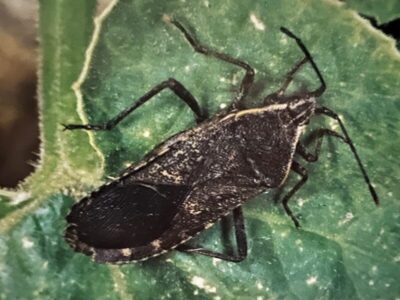
These bugs are diamond shaped, dark brown or black, 1/2″ in size. They hide on the underside of leaves. When they are caught and crushed they emit a foul odor. Squash bugs feed on cucumber, melon, pumpkin and squash. They suck plant juices from the leaves which will show spots … Read More

Slugs thrive in moist, shady sites. They often hide under foliage rosettes for protection from drying sunlight. Silvery trails along the ground and on leaves are signs of their presence. They can decimate plants in a short time. Hand pick them to protect plants from looking ragged. Snail bait can … Read More
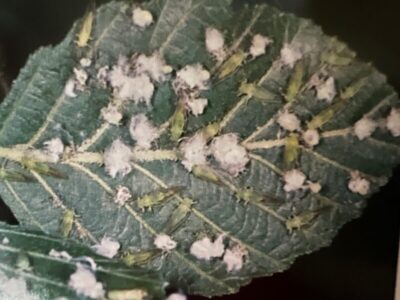
Psyllids are small winged insects called jumping plant lice. They are greenish or brownish and no more than 1/10″ long. They have antennae and clear wings that fold into a triangular shape and jump up when disturbed. They target acacia, boxwood, eucalyptus, laurel, magnolia, and pear trees. They will suck … Read More
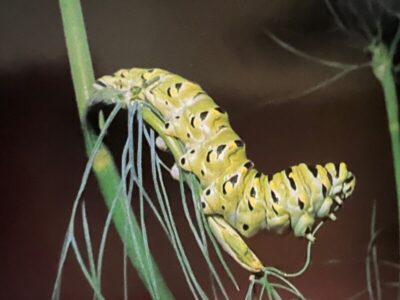
This 2″ long, brightly colored caterpillar with a pair of orange horns, morphs into a large black and yellow swallowtail butterfly. It gets its name, because it is usually found on garden parsley. It feeds on carrots and related plants such as anise, celery, cilantro, dill, fennel, and queen anne’s … Read More
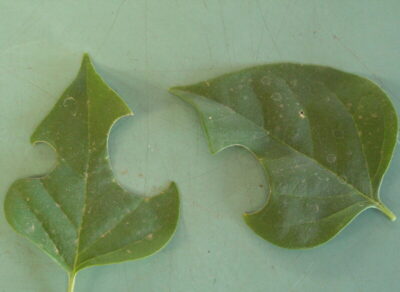
The bees that cause precise circles or ovals in foliage are small and hairy, either black, green, purple or blue. They seem to prefer foliage of roses, although any tree or shrub that has a shiny, firm leaf may be cut. Bees are docile and rarely sting humans and can … Read More

Leaf rollers are caterpillars that feed on leaves, shoots, and fruit. Larvae roll themselves up inside leaves, sometimes spinning a web to join fruit and leaves together. Other pests and fungal rots later enter the holes that leaf rollers chew in fruit. Treatment: Thuricide

Leaf roller larvae will roll themselves up inside leaves, spinning a web to join leaves together. Other pests and fungal rots later enter the holes that leaf rollers chew. Treat with Thuricide.
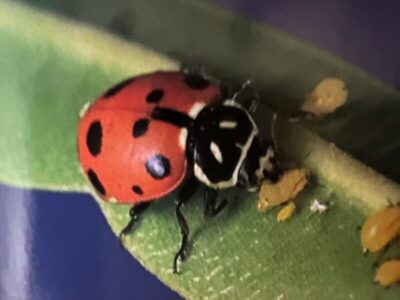
Lady bugs are colorfully spotted, 1/4″ long, red with black spots. They feed on aphids, mites and other soft-bodied insects. They cause no plant damage, making them beneficial insects commercially sold in nurseries.
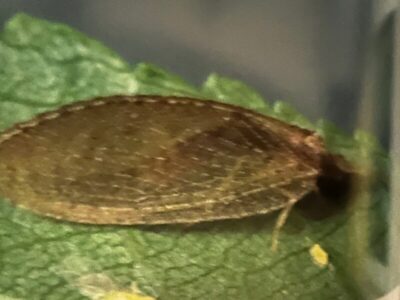
Lacewings are 1/2 inch in length, a delicate green color, and have transparent wings. They feed on plant nectar and pollen. Lacewings consume many garden pests such as aphids, mealybugs, scale, leafhopper nymphs, whiteflies, small caterpillars and spider mites, making them a beneficial garden insect. The larva looks somethng like … Read More

These insects are shiny black. They can fly, but prefer to crawl. Beetles live in burrows in the soil, emerging to hunt and feed at night on other insects, caterpillars, soil maggots and grubs. Some larger species eat snails and slugs. They do not damage plants. No prevention is needed.
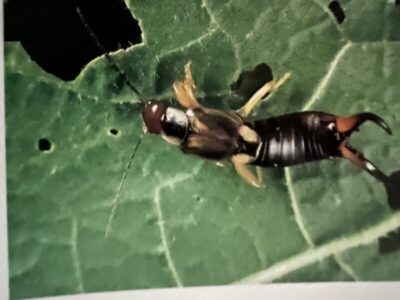
Earwigs are reddish-brown insects that are 3/4″ long. They are easily recognized by the pointy pincers on the tail end of their abdomens. Although they have wings, they rearely fly, preferring to quickly crawl. They are active from spring through fall. Earwigs eat decomposing and decaying wood. They are not … Read More
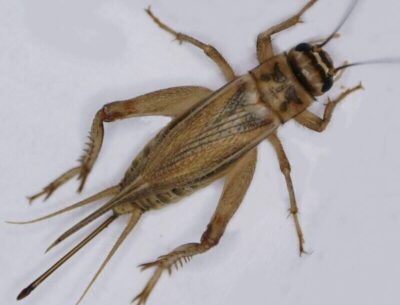
Crickets are nocturnal insects, smaller than grasshoppers, which develop underground for 2-4 years. Male crickets chirp in a high pitch tone. Crickets lay eggs in the soil and in plant stems, causing serious damage to plants. Use a granular treatment of `Kill A Bug` if treating in a garden or … Read More